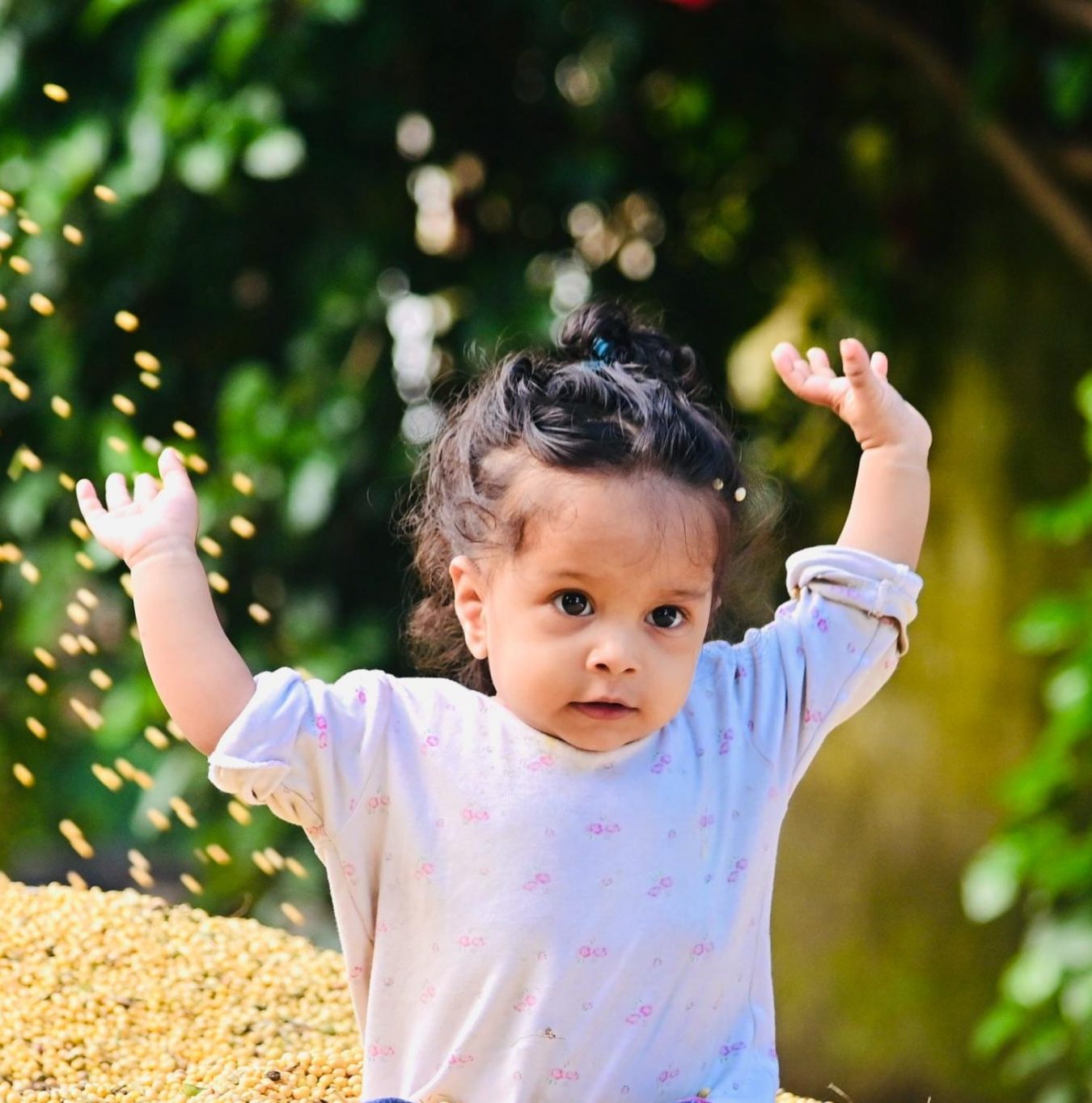I. Introduction

A. The phenomenon of toddlers shaking when excited When toddlers become excited, it is not uncommon for them to experience physical reactions such as shaking or trembling. This behavior can sometimes be puzzling for parents or caregivers, but understanding the reasons behind it is essential in providing appropriate support and care for toddlers during these moments of excitement.
B. The physical and emotional factors contributing to this behavior Several physical and emotional factors contribute to shaking in toddlers when they are excited. Understanding these factors can help shed light on why this behavior occurs and how it is a natural part of a toddler’s development.
C. The importance of understanding and supporting toddlers during moments of excitement Supporting and understanding toddlers during moments of excitement is crucial for their emotional well-being and development. Acknowledging and validating their feelings can help build a strong foundation of trust and security in their relationships.
II. The Science Behind Toddler Shaking
A. Exploring the physiological response to excitement
Excitement triggers a series of physiological changes in a toddler’s body. These changes include an increase in heart rate and blood flow, as well as the release of adrenaline and other hormones that prepare the body for action.
- Increased heart rate and blood flow When toddlers become excited, their heart rate increases as the body prepares for heightened activity. This increase in heart rate leads to an increase in blood flow throughout the body, providing the necessary energy for physical responses.
- Release of adrenaline and other hormones The release of adrenaline and other hormones triggers a surge of energy and prepares the body to respond to the exciting situation. These hormones help to enhance the toddler’s physical and cognitive abilities, often resulting in shaking or trembling.
B. Understanding the connection between the nervous system and shaking
The nervous system plays a significant role in the shaking or trembling experienced by toddlers when they are excited. It is essential to understand how the nervous system responds in these situations.
- The role of the sympathetic nervous system The sympathetic nervous system, also known as the “fight or flight” response, is activated during moments of excitement. This response triggers various physiological changes, including increased alertness, heightened senses, and, in some cases, shaking or trembling as the body prepares for action.
- The impact of sensory input on trembling Sensory input plays a crucial role in how toddlers respond to excitement. As the brain processes the overwhelming sensory information, it can sometimes manifest as shaking or trembling. The various sensations experienced during exciting situations can contribute to these physical responses.
III. Emotional Factors and Toddler Shaking
A. Heightened emotions and their impact on physical responses

Toddlers’ emotions can be intense and overwhelming, which can lead to physical responses such as shaking or trembling.
- Overwhelm and exaggerated reactions Toddlers are still developing their emotional regulation skills and may experience feelings of overwhelm. These intense emotions can lead to exaggerated physical responses, including shaking, as the body tries to cope with the surge of emotions.
- Difficulty in self-regulating emotions Toddlers may have difficulty self-regulating their emotions during moments of excitement. Their still-developing emotional control can contribute to physical responses such as shaking.
B. Factors contributing to intense excitement in toddlers
Several factors contribute to toddlers experiencing intense excitement, which can sometimes result in shaking or trembling.
- Novel experiences and new discoveries Toddlers are constantly exploring and encountering new experiences, which can evoke strong feelings of excitement. The novelty and unpredictability of these experiences can lead to heightened emotions and physical responses.
- Positive interactions and social engagement Positive interactions and social engagement can also elicit intense excitement in toddlers. Playing with peers, engaging in imaginative play, or receiving attention and praise from caregivers can trigger a surge of emotions and physical responses.
IV. Strategies for Supporting Excited Toddlers
A. Creating a calm and safe environment

- Providing a quiet space for self-regulation Excitement can sometimes become overwhelming for toddlers, so it’s important to create a quiet space where they can retreat and self-regulate. This can be a designated corner with soft cushions or a cozy nook in their room. Encouraging them to take breaks in this space when they feel overly excited can help them regain control.
- Encouraging deep breaths and gentle movements Deep breathing exercises can be incredibly helpful in calming down an excited toddler. Teach them to take slow, deep breaths in through their nose and out through their mouth. Additionally, gentle movements such as stretching or simple yoga poses can help release excess energy and bring about a sense of calm.
B. Teaching self-regulation techniques
- Introducing mindfulness and relaxation exercises Introducing mindfulness techniques can help toddlers develop self-regulation skills. Engage them in activities like guided meditations or simple body scans where they focus their attention on different parts of their body. This helps them become more aware of their internal state and calms their racing thoughts.
- Guiding toddlers in managing their emotions effectively Teaching toddlers emotional regulation techniques is vital in supporting their overall well-being. Help them identify and label their emotions by using simple language and visual aids like emotion cards or charts. Encourage them to express their feelings through words, drawings, or even role-playing activities. Providing them with healthy coping mechanisms like taking a break, counting to ten, or using an “emotional toolkit” with sensory objects can help them manage and cope with their excitement.
C. Providing reassurance and validation

- Acknowledging and validating their excitement It is essential to acknowledge and validate a toddler’s excitement. Let them know that their feelings are valid and understandable. Use phrases like “I can see how excited you are!” or “That sounds like so much fun!” This helps them feel heard and understood, reinforcing positive emotional development.
- Offering comfort and emotional support during overwhelming moments When a toddler becomes overwhelmed by their excitement, providing comfort and emotional support is crucial. Offer physical closeness through hugs or gentle touch to help them calm down. Speak in a soothing tone, using comforting phrases like “I’m here with you,” or “You’re safe and loved.” By nurturing their emotional well-being during overwhelming moments, you can help them feel secure and ensure a smoother transition to a calm state.
In conclusion, supporting excited toddlers requires a combination of creating a calm environment, teaching self-regulation techniques, and providing reassurance and validation. By creating a space where they can self-regulate, teaching them deep breathing and gentle movements, introducing mindfulness techniques, guiding them in managing emotions, and offering comfort and emotional support, you can help toddlers navigate their excitement in a healthy and positive way. Remember, each child is unique, so it may take time and experimentation to find the strategies that work best for your toddler. But with patience, consistency, and love, you can help them develop effective emotional regulation skills and thrive in managing their excitement.

